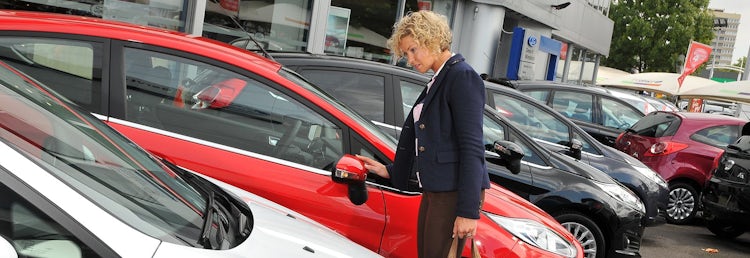Used Porsche Panamera Sport Turismo cars for sale
Find the right second hand Porsche Panamera Sport Turismo for you through our network of trusted dealers across the UK
Looking to buy a used Porsche Panamera Sport Turismo? Get a full car history check
Sell your car for what it's really worth
The free, easy way to get 5,500+ dealers all over the UK bidding on your car
Used car guides
Popular used car models
- Used Audi A1 Sportback
- Used Citroen C5 Aircross
- Used Fiat 500
- Used Ford Fiesta
- Used Hyundai i10
- Used Hyundai Ioniq 5
- Used Jaguar E-PACE
- Used Jaguar F-PACE
- Used Jaguar I-PACE
- Used Kia Ceed
- Used Kia Niro
- Used Kia Picanto
- Used Kia XCeed
- Used Land Rover Defender 110
- Used Mazda CX-5
- Used Mercedes-Benz A-Class
- Used Mercedes-Benz CLA
- Used Mercedes-Benz GLA
- Used MG MG4 EV
- Used MG ZS
- Used Peugeot 208
- Used Peugeot 3008
- Used Polestar 2
- Used Renault Clio
- Used SEAT Ateca
- Used SEAT Ibiza
- Used SEAT Leon
- Used Skoda Kodiaq
- Used Toyota Aygo X
- Used Toyota Yaris Cross
- Used Vauxhall Corsa
- Used Vauxhall Grandland X
- Used Vauxhall Mokka
- Used Volkswagen T-Cross
- Used Volkswagen Tiguan
Used cars by car type
- Cheap used cars
- Low mileage used cars
- Used 1 litre cars
- Used 1.2 litre cars
- Used 2 seater cars
- Used 6 seater cars
- Used 7 seater cars
- Used 8 seater cars
- Used 9 seater cars
- Used automatic cars
- Used cars under £4000
- Used cars under £5000
- Used cabriolet cars
- Used convertible cars
- Used coupe cars
- Used diesel cars
- Used electric cars
- Used estate cars
- Used green cars
- Used hatchback cars
- Used hybrid cars
- Used luxury cars
- Used manual cars
- Used petrol cars
- Used small cars
- Used white cars
- Used yellow cars










